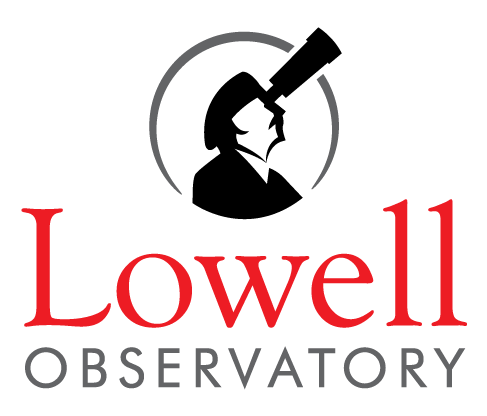1I/Oumuamua is the first confirmed interstellar body in our solar system. Here we report on observations of Oumuamua made with the Spitzer Space Telescope on 2017 November 21-22 (UT). We integrated for 30.2 hr at 4.5 m (IRAC channel 2). We did not detect the object and place an upper limit on the flux of 0.3 Jy (3). This implies an effective spherical diameter less than [98, 140, 440] m and albedo greater than [0.2, 0.1, 0.01] under the assumption of low, middle, or high thermal beaming parameter , respectively. With an aspect ratio for Oumuamua of 6:1, these results correspond to dimensions of [240:40, 341:57, 1080:180] m, respectively. We place upper limits on the amount of dust, CO, and CO2 coming from this object that are lower than previous results; we are unable to constrain the production of other gas species. Both our size and outgassing limits are important because Oumuamuas trajectory shows non-gravitational accelerations that are sensitive to size and mass and presumably caused by gas emission. We suggest that Oumuamua may have experienced low-level post-perihelion volatile emission that produced a fresh, bright, icy mantle. This model is consistent with the expected value and implied high-albedo value for this solution, but, given our strict limits on CO and CO2, requires another gas speciesprobably H2Oto explain the observed non-gravitational acceleration. Our results extend the mystery of Oumuamuas origin and evolution.
